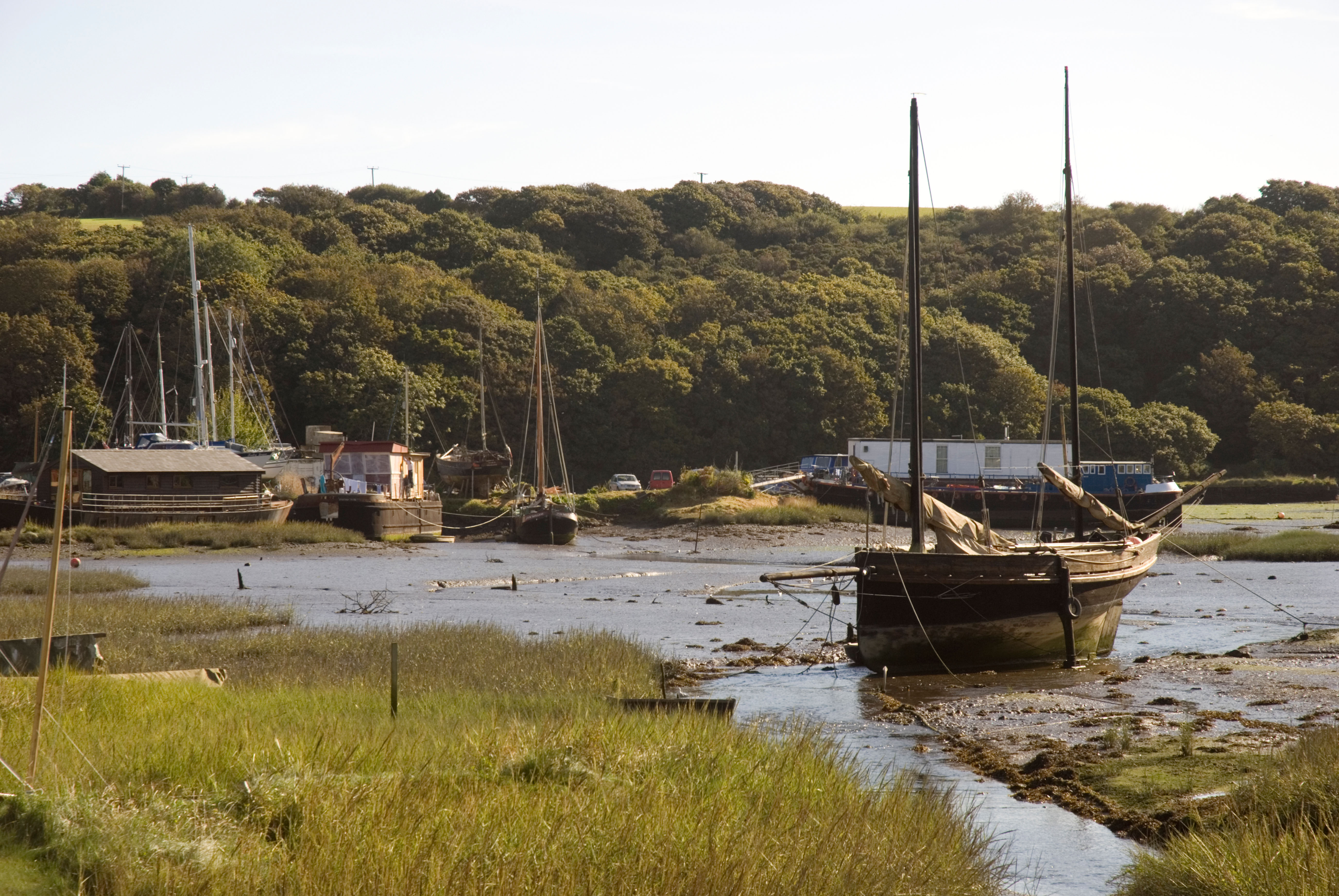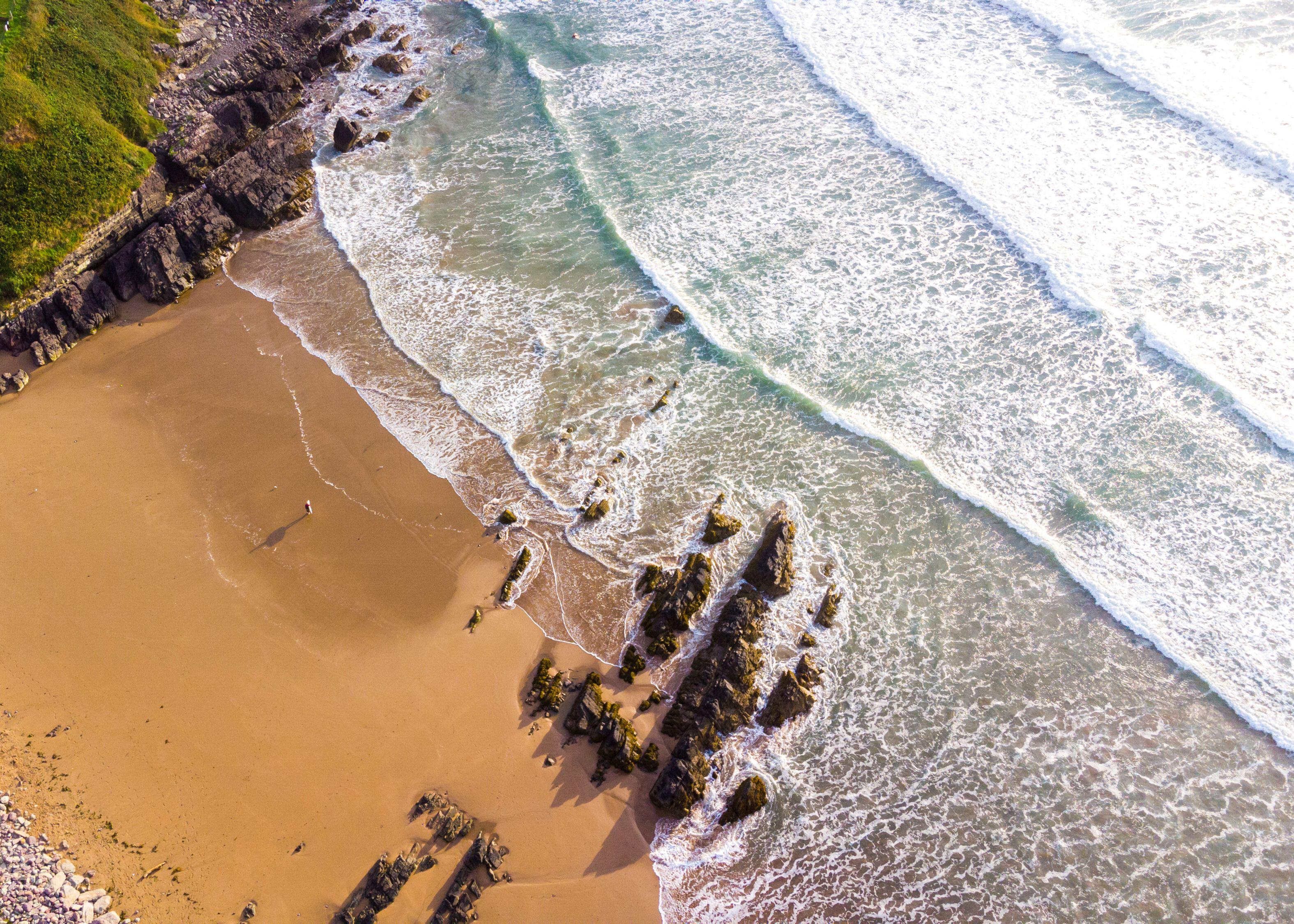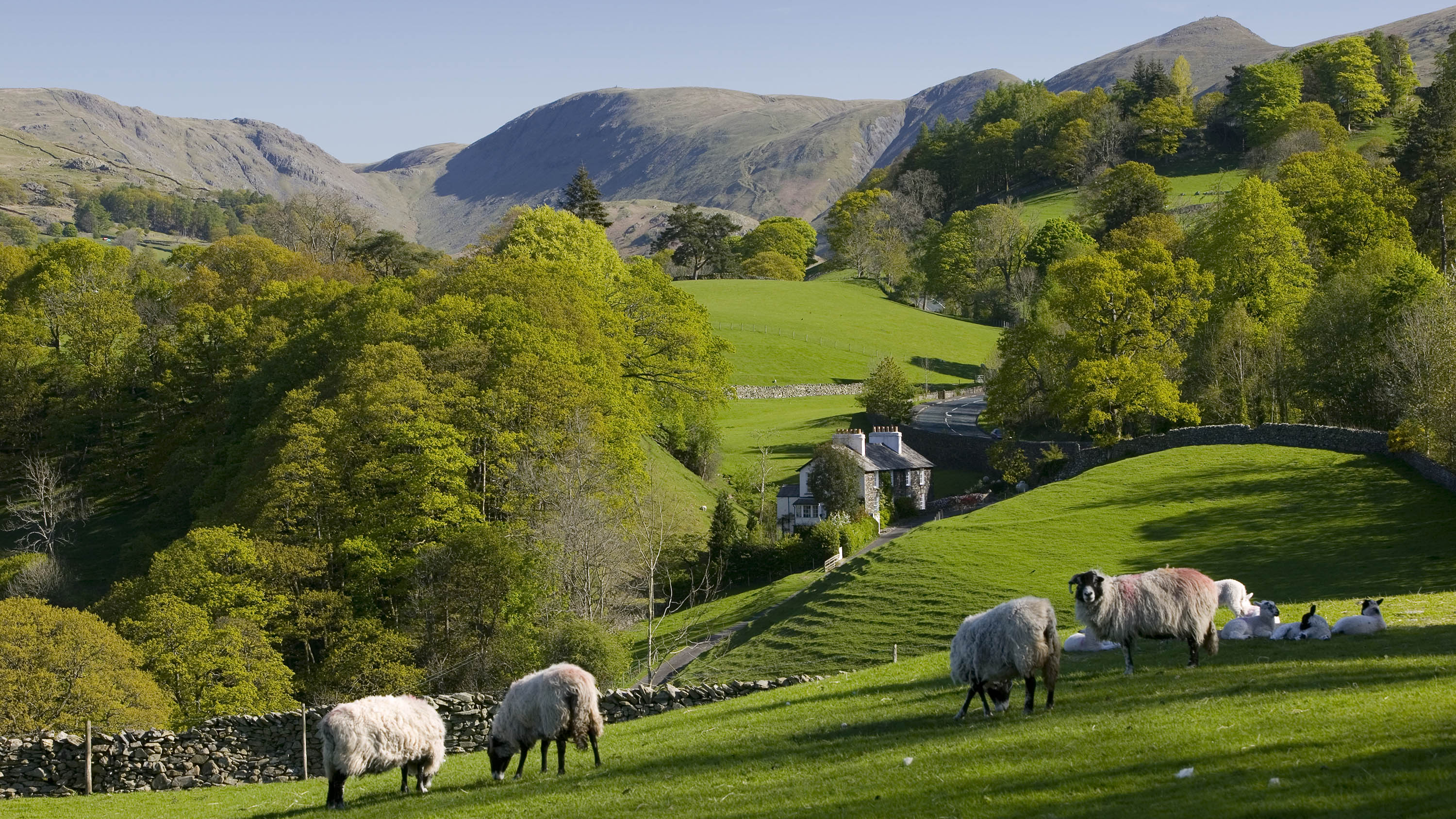Nature
-
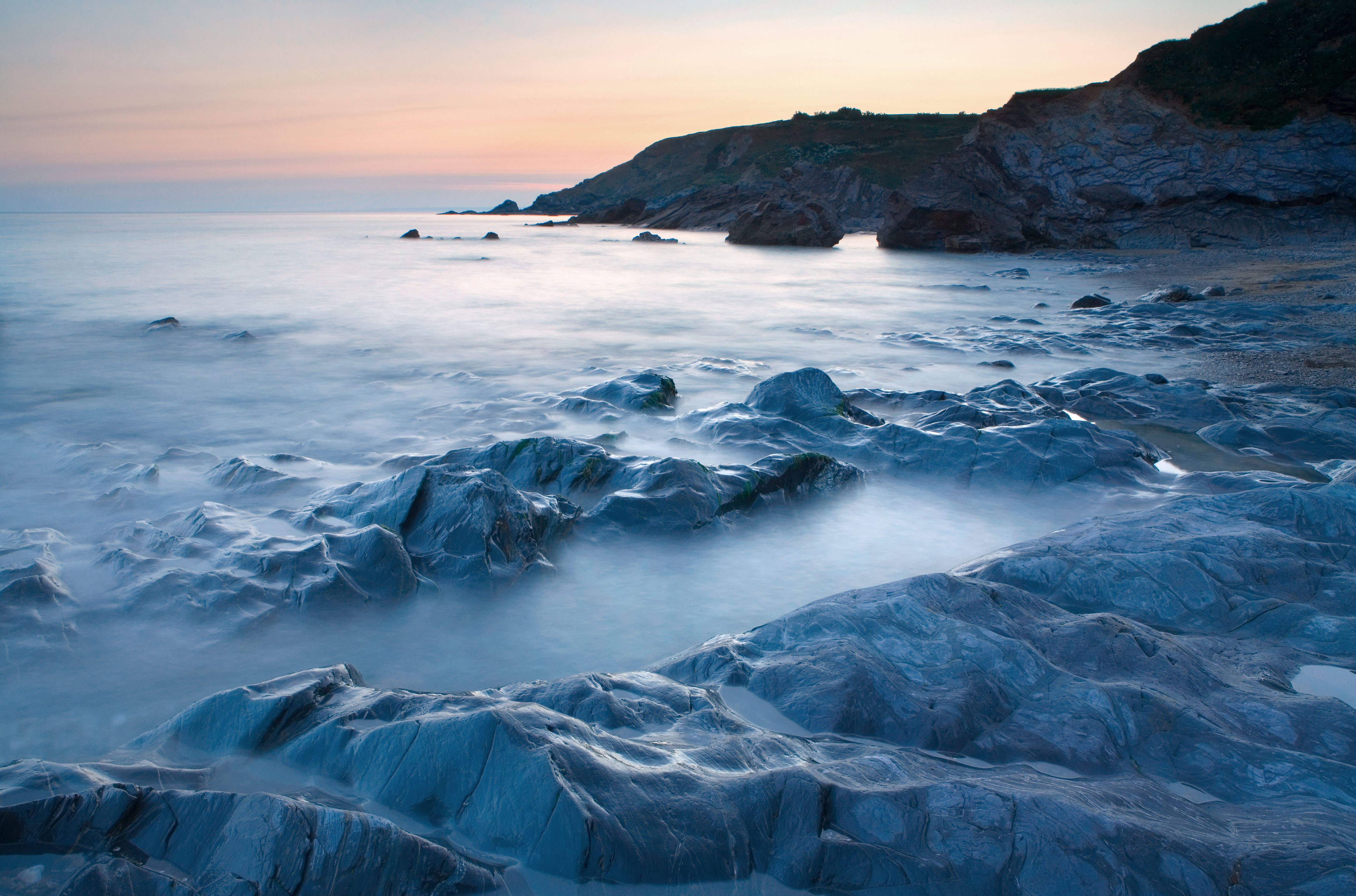
Dollar Cove's name gets it all wrong — it's a Cornwall beach that's worth a million
Ben Lerwill takes a look at the West Country beach which has a rich history.
By Ben Lerwill Published
-
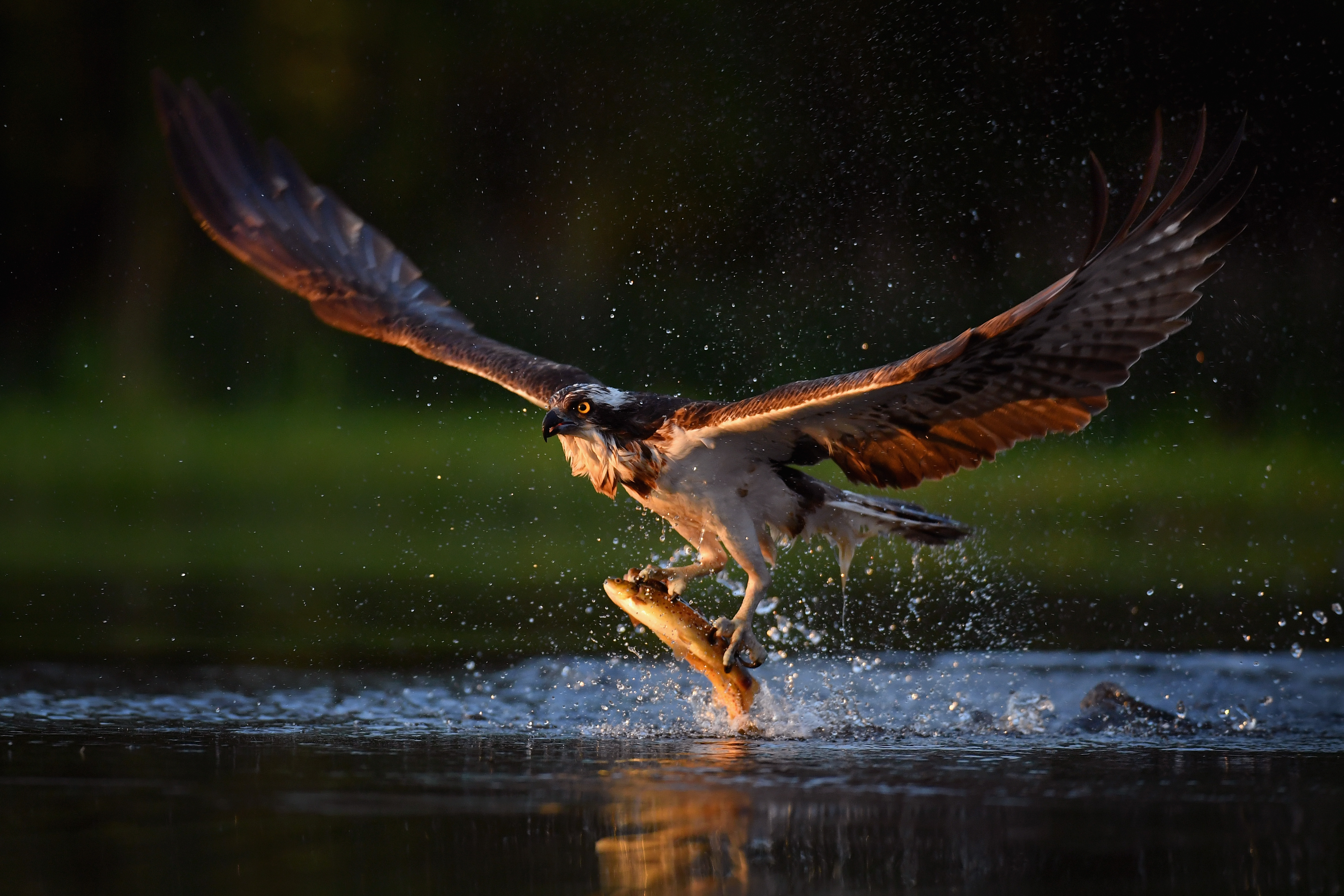
Ospreys: The bird that went extinct in Britain for 40 years, and its journey to conservation success story
Once extinct in these isles, the gargantuan, deep-diving osprey locks onto its piscine prey with a laser-like precision akin to the trajectory of a blunt-tipped missile. Naturalist and author Mark Cocker tells more.
By Mark Cocker Published
-
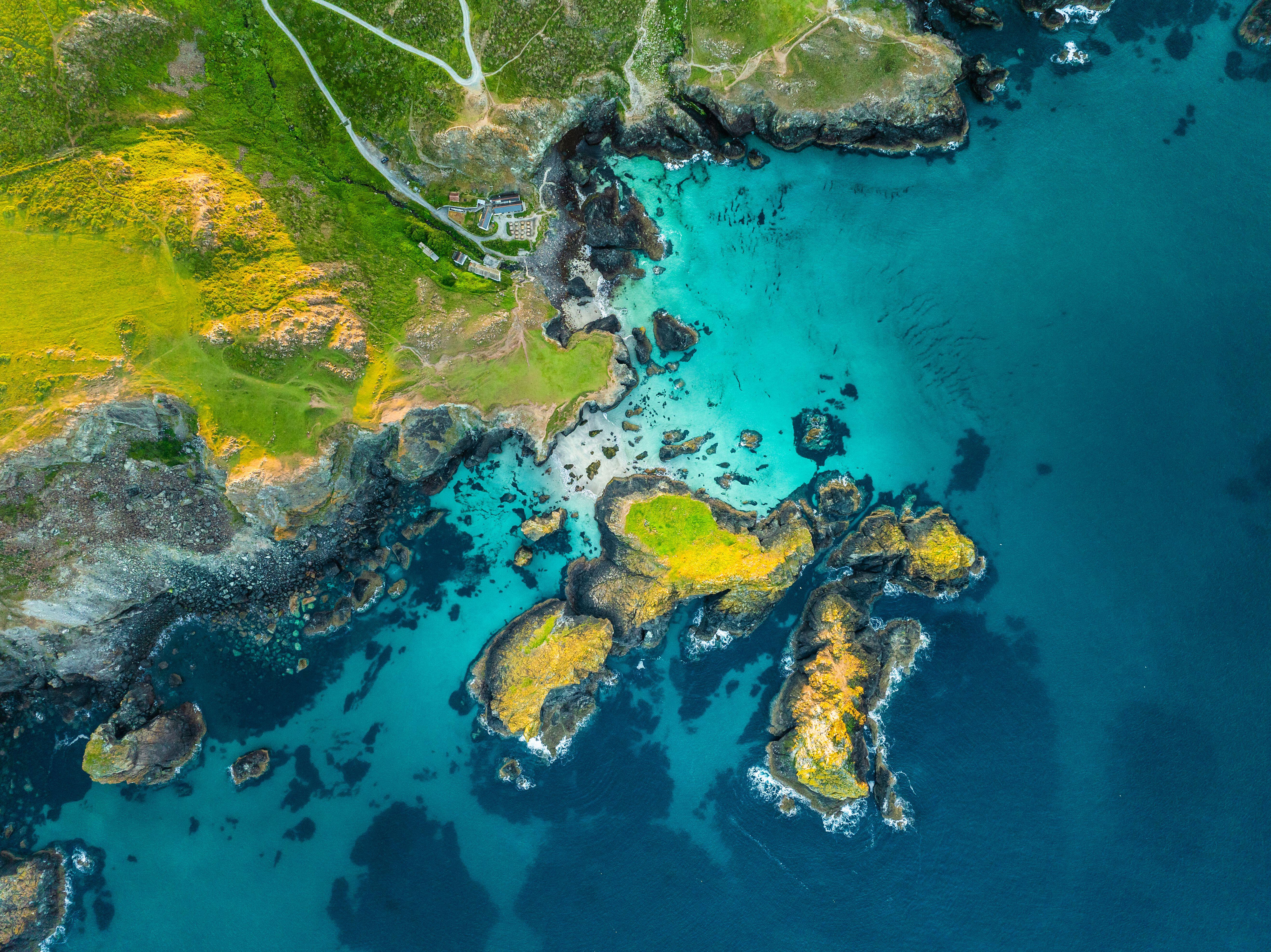
The breathtaking Cornish cove that's 'like something from a fantasy'
Ben Lerwill takes a look at Kynance Cove, the 'scenic highlight of the Lizard Peninsula'.
By Ben Lerwill Published
-
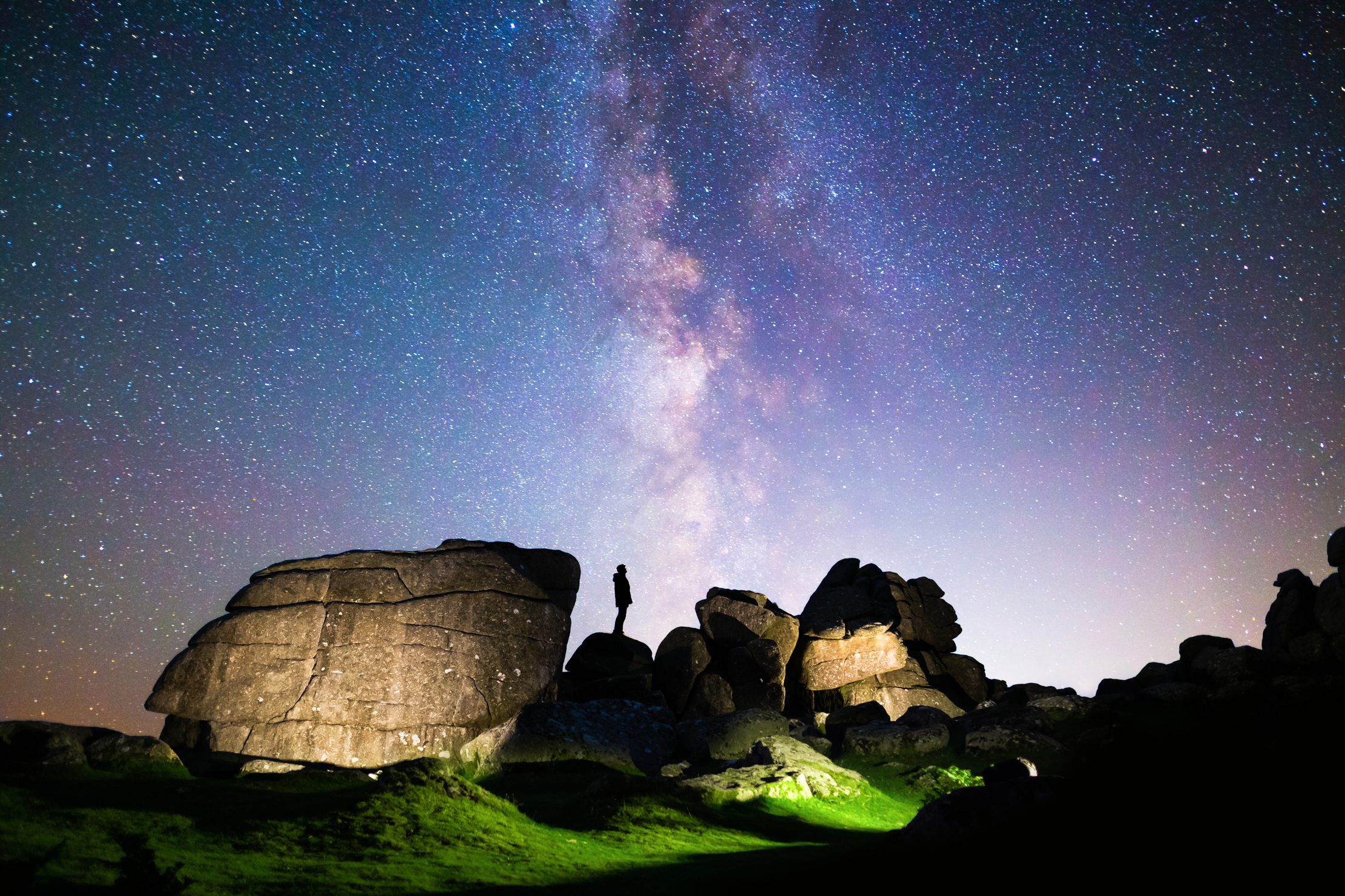
'Dartmoor is the ultimate one-billion star hotel': Why wild camping matters
Following the ruling from the Supreme Court, revisit Lewis Wink's argument on why the right to wild camp in Dartmoor is vital for us all.
By Lewis Winks Last updated
-
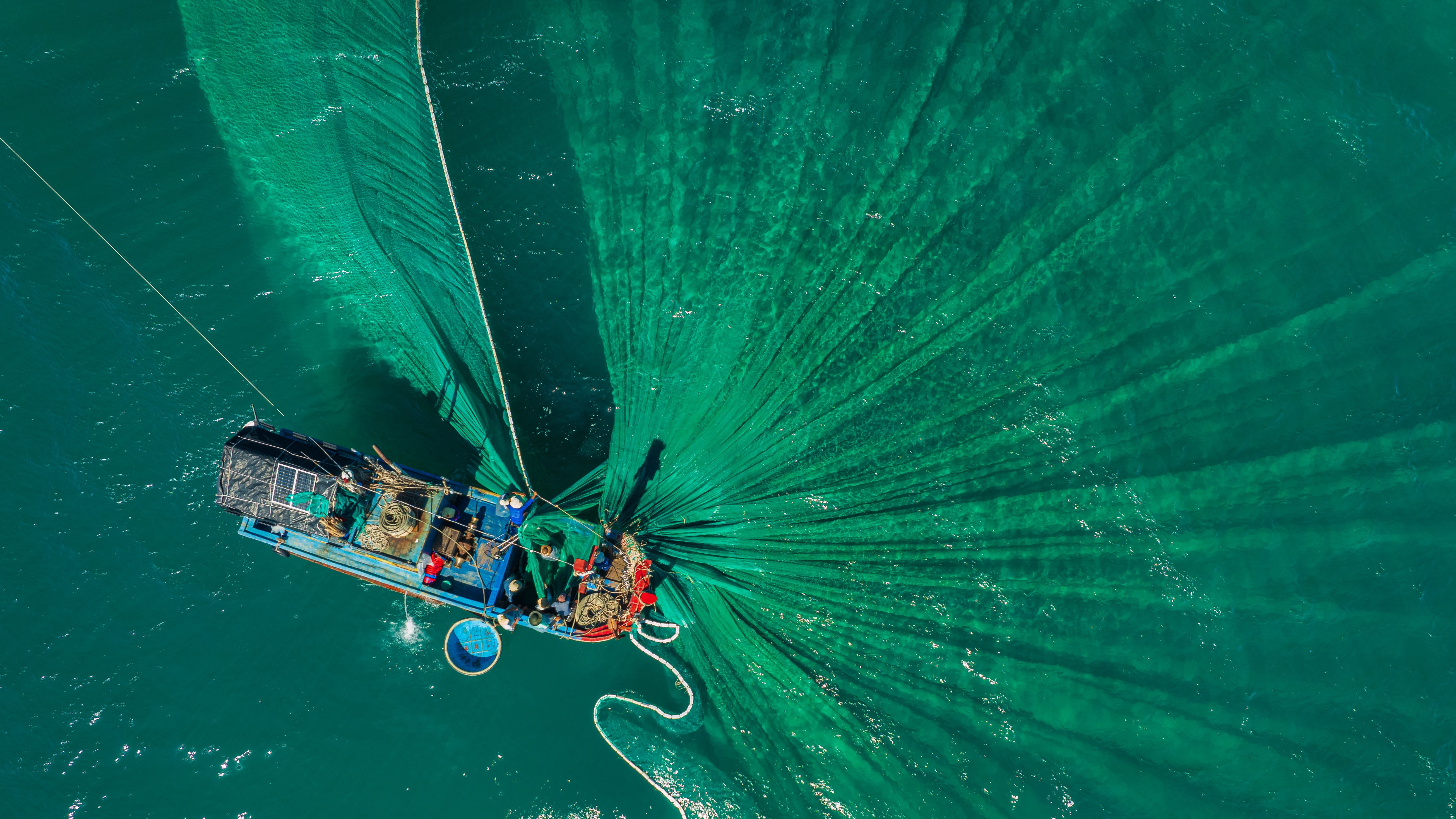
Sir David Attenborough’s record-breaking Nature documentary reveals the devastating effects of bottom trawling on our oceans
Bottom trawling is a disaster for fish stocks, but it also releases previously stored carbon back into the atmosphere.
By Jane Wheatley Published
-
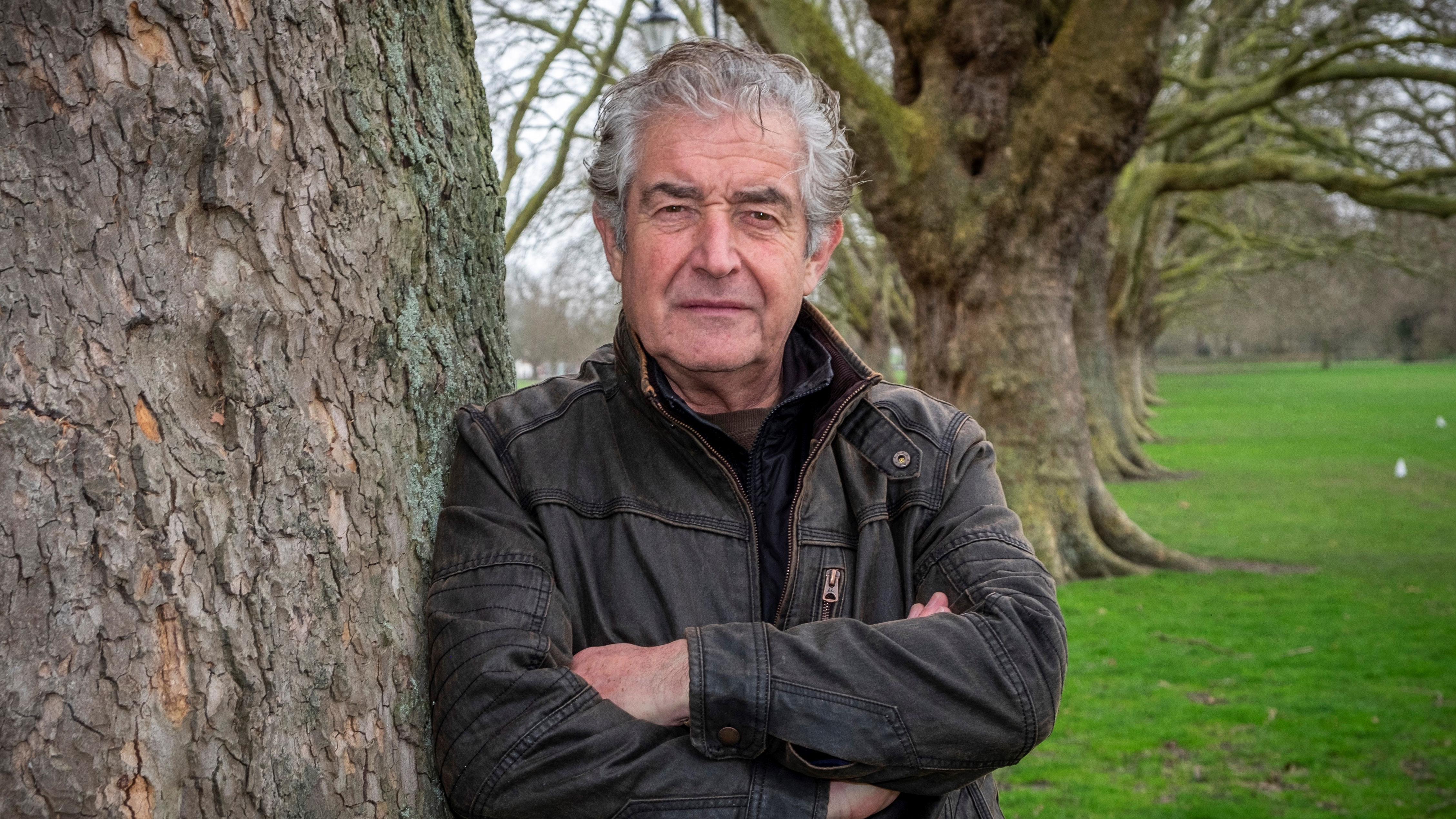
Tony Juniper: 'King Charles is the most influential environmentalist of all time'
Tony Juniper CBE, the head of Natural England, on saving the world, breeding budgies and the King's importance in raising awareness of the plight of Nature.
By James Fisher Published
-
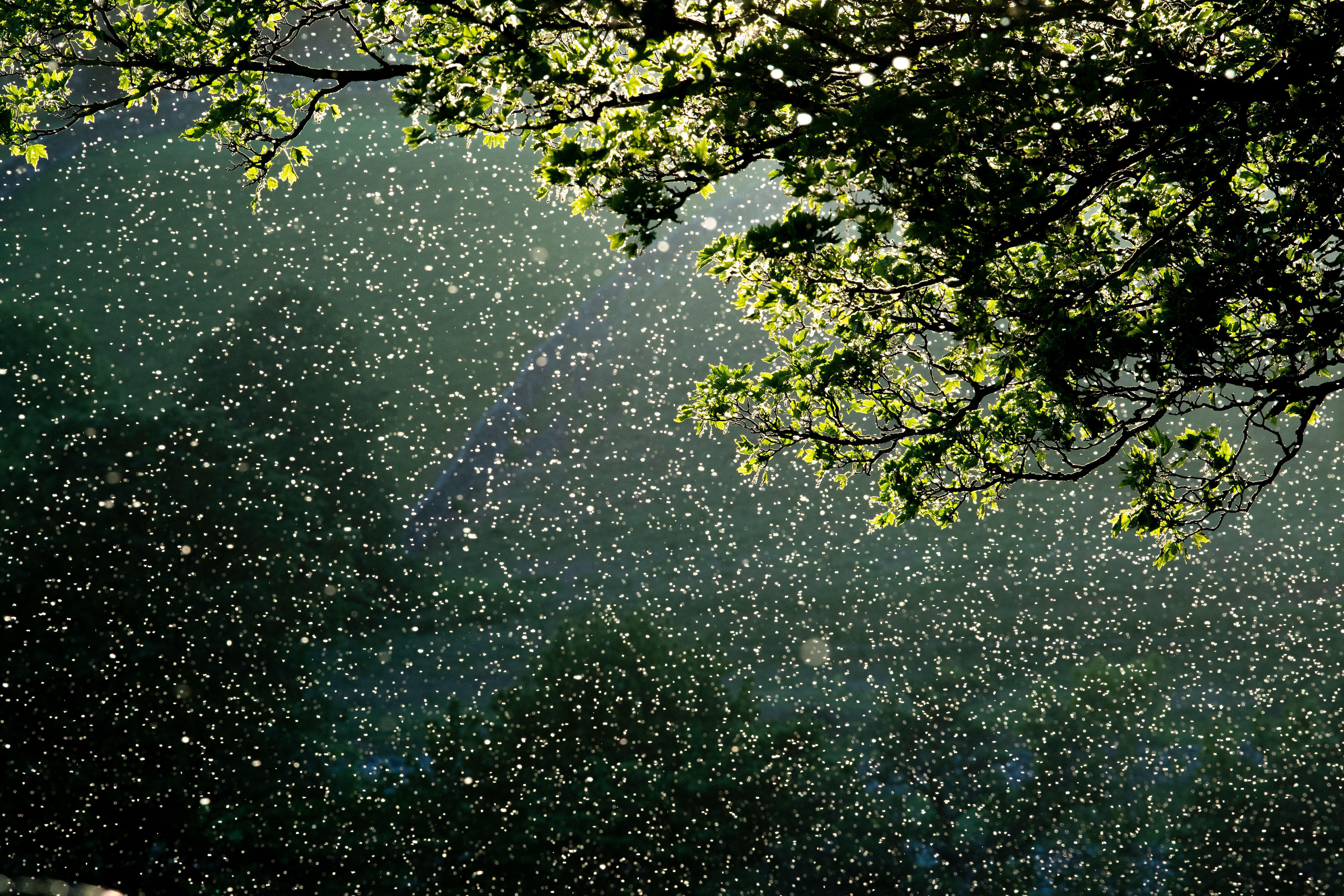
Here Today, Gone Tomorrow: 'Nature’s ephemeral beauty reminds us of our own finite existence'
A withering rosebud, the brevity of blossom and the one-day wonder of the mayfly: Nature’s ephemeral beauty reminds us of our own finite existence, but melancholy transience also offers moments of magic.
By Laura Parker Published
-
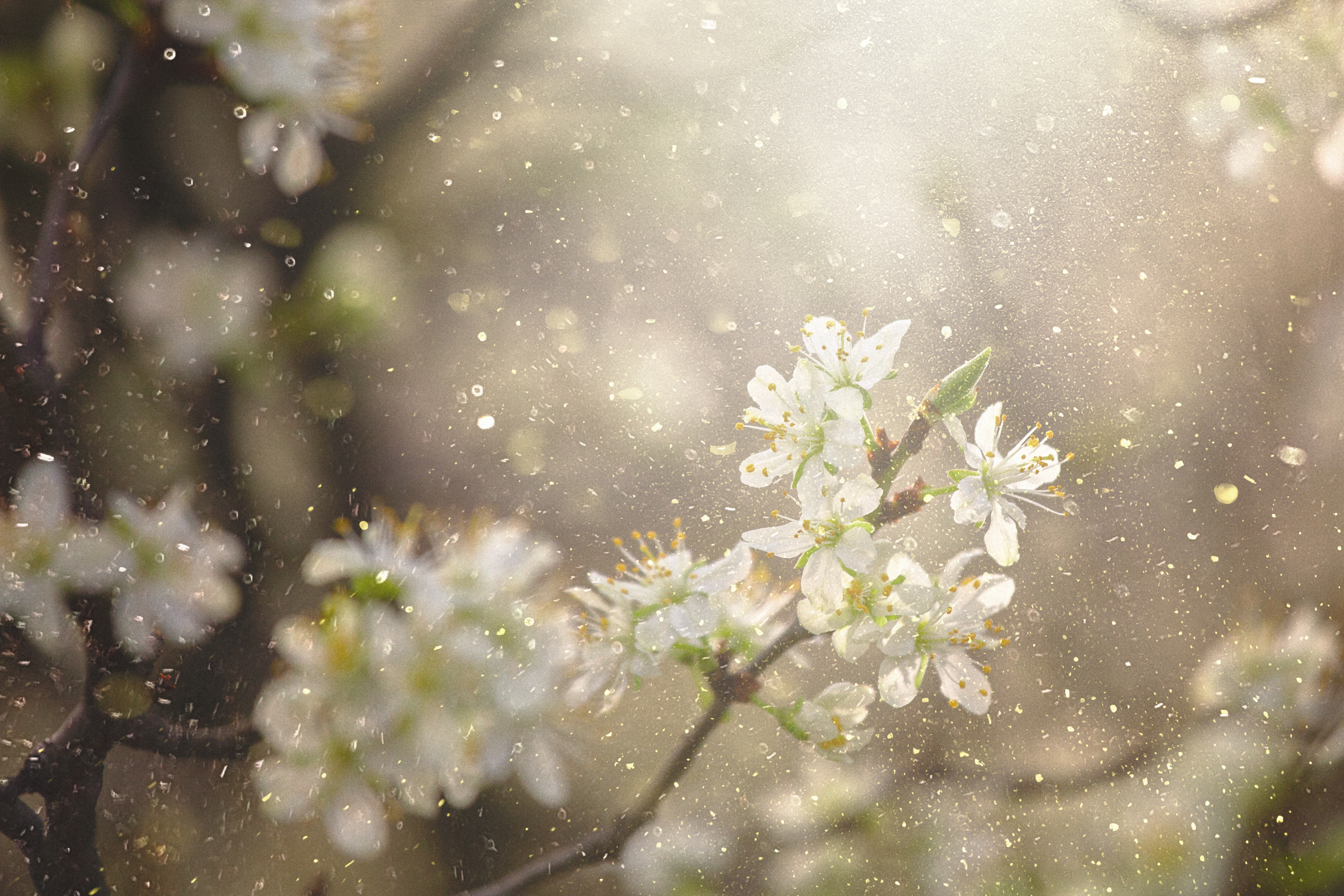
'All the floral world wants to do is procreate': Why pollen is nothing to sneeze at
Pollen often hits the headlines for making us sneeze, but it plays a vital role in far more serious matters.
By Ian Morton Published
-
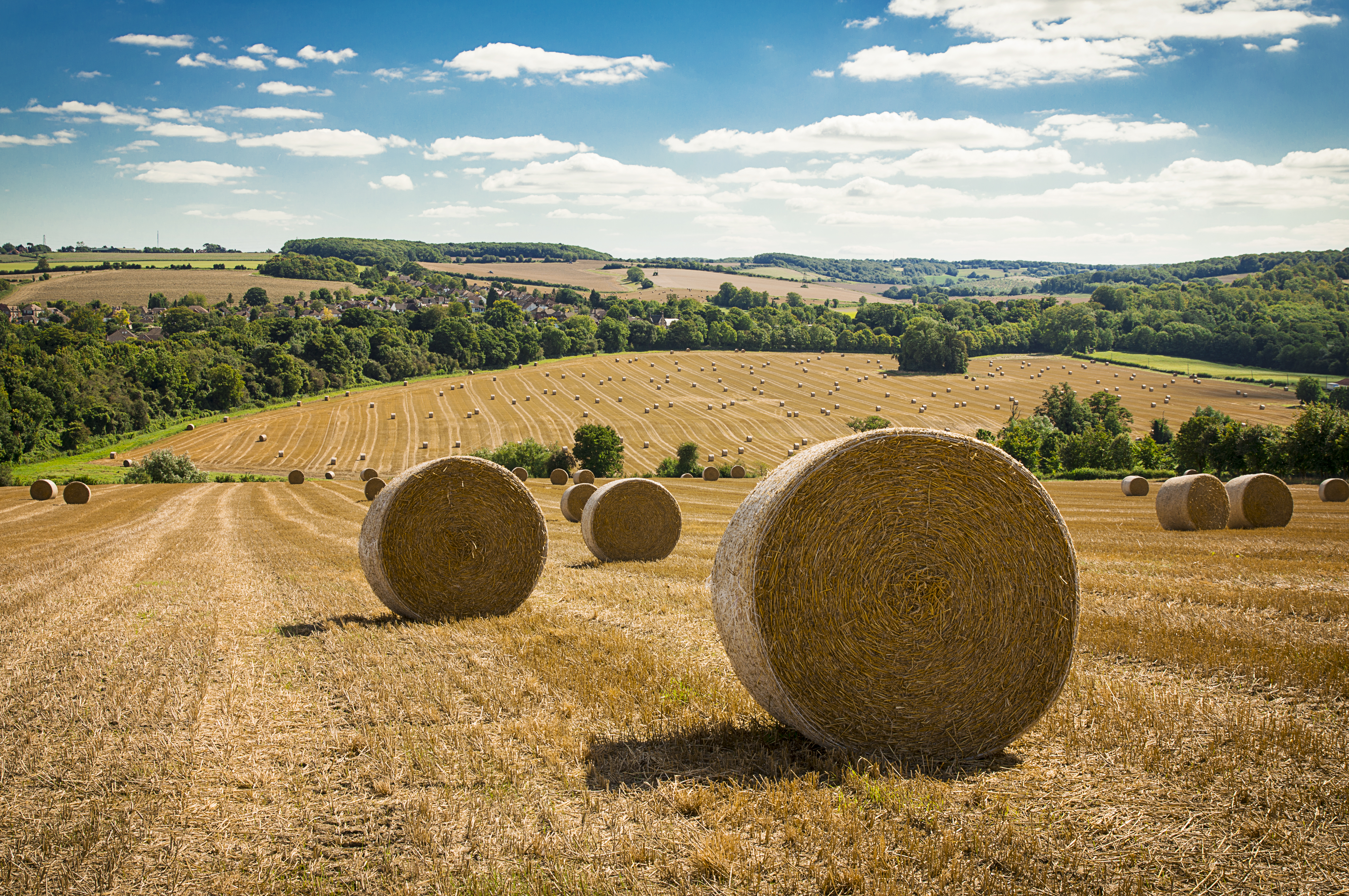
George Monbiot: 'Farmers need stability and security... Instead, they're contending with chaos'
The writer, journalist and campaigner George Monbiot joins the Country Life podcast.
By Toby Keel Published
-
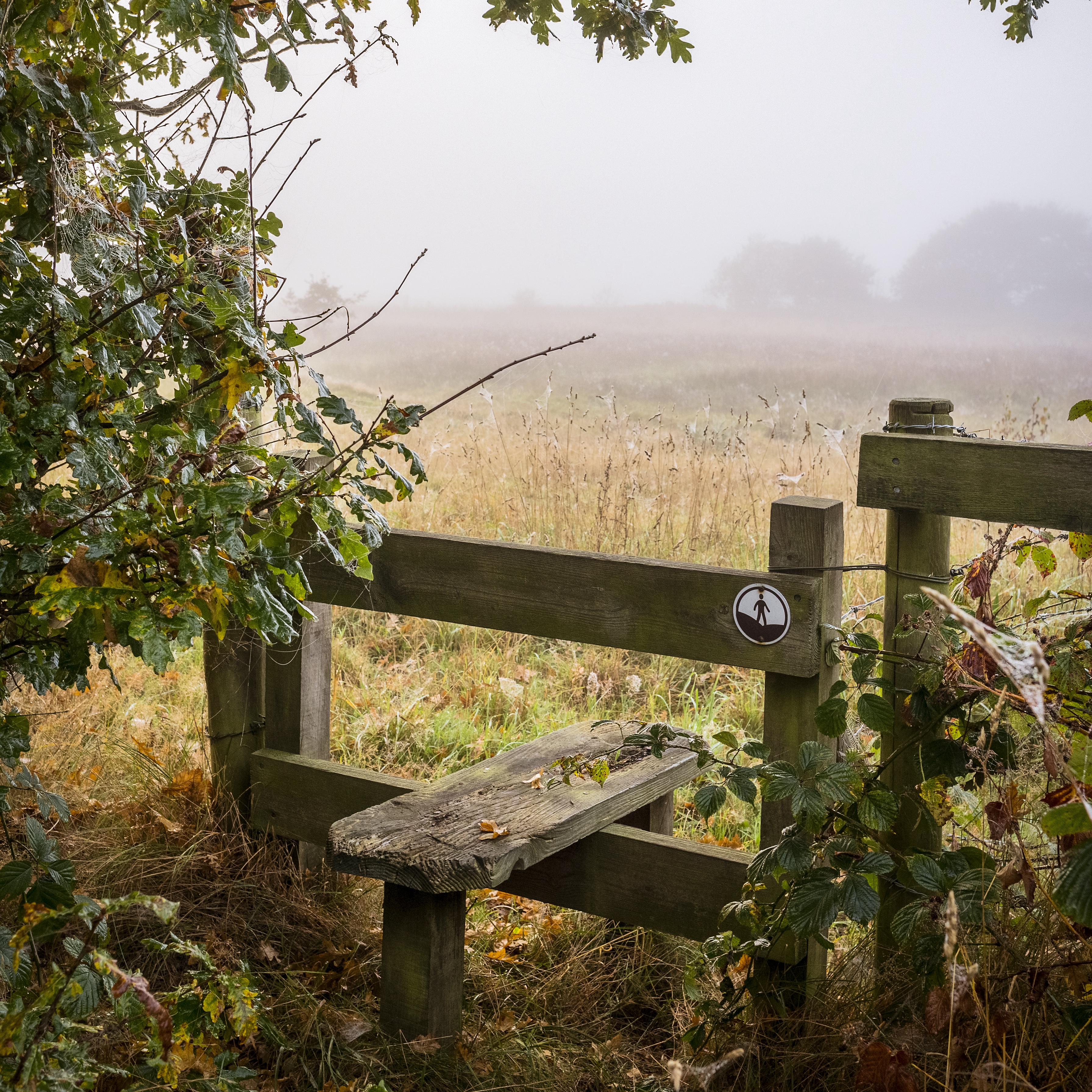
Exploring the countryside is essential for our wellbeing, but Right to Roam is going backwards
Campaigners in England often point to Scotland as an example of how brilliantly Right to Roam works, but it's not all it's cracked up to be, says Patrick Galbraith.
By Patrick Galbraith Published
-
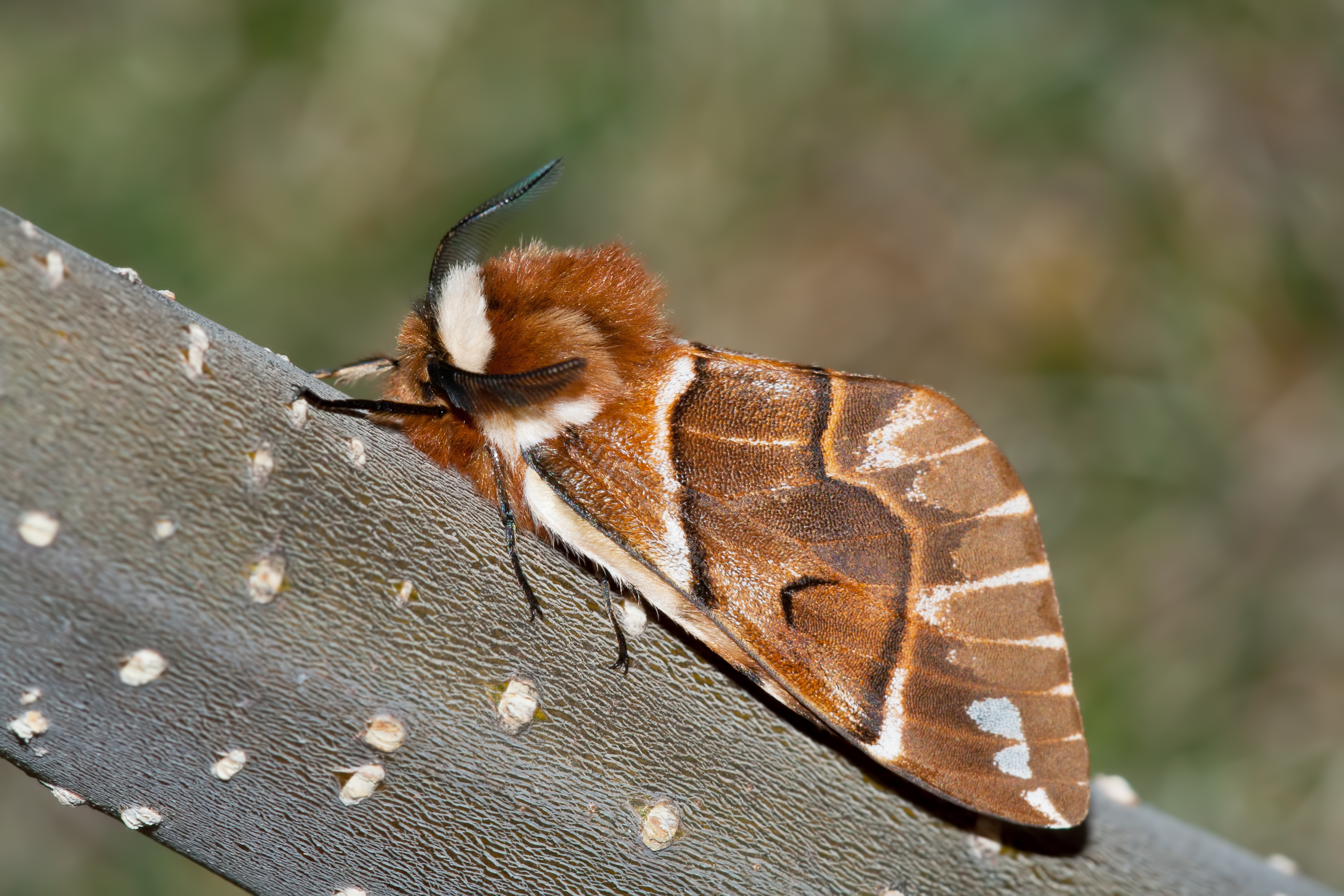
In all its glory: One of Britain’s most striking moth species could be making a comeback
The Kentish glory moth has been absent from England and Wales for around 50 years.
By Jack Watkins Published
-
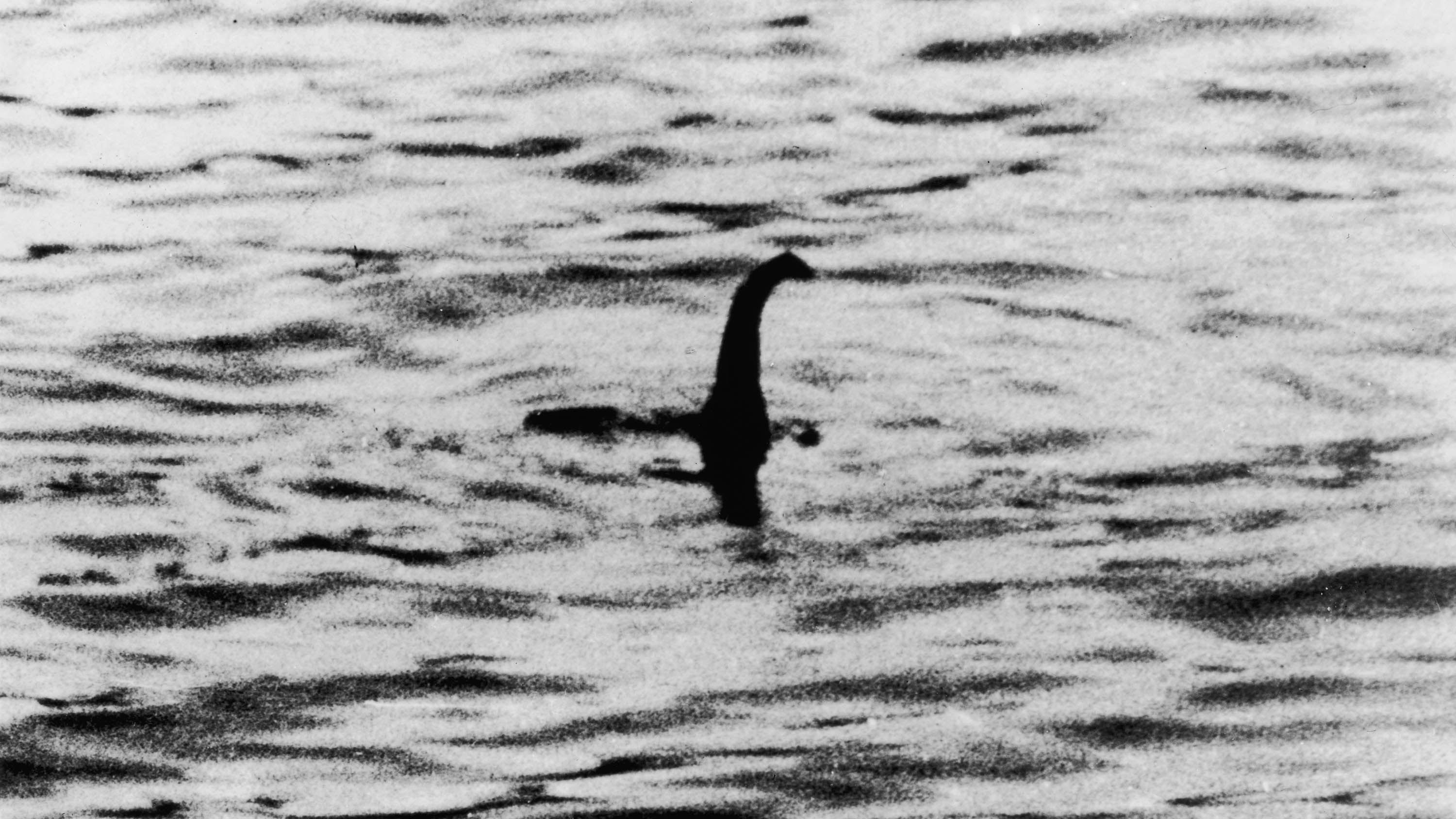
From robins and hedgehogs to the Loch Ness Monster: Professor Karen Jones on Beastly Britain
Professor Karen Jones joins the Country Life podcast to talk about the animals that populate Britain, and how they've shaped our land, our culture and our lives.
By Toby Keel Published
-
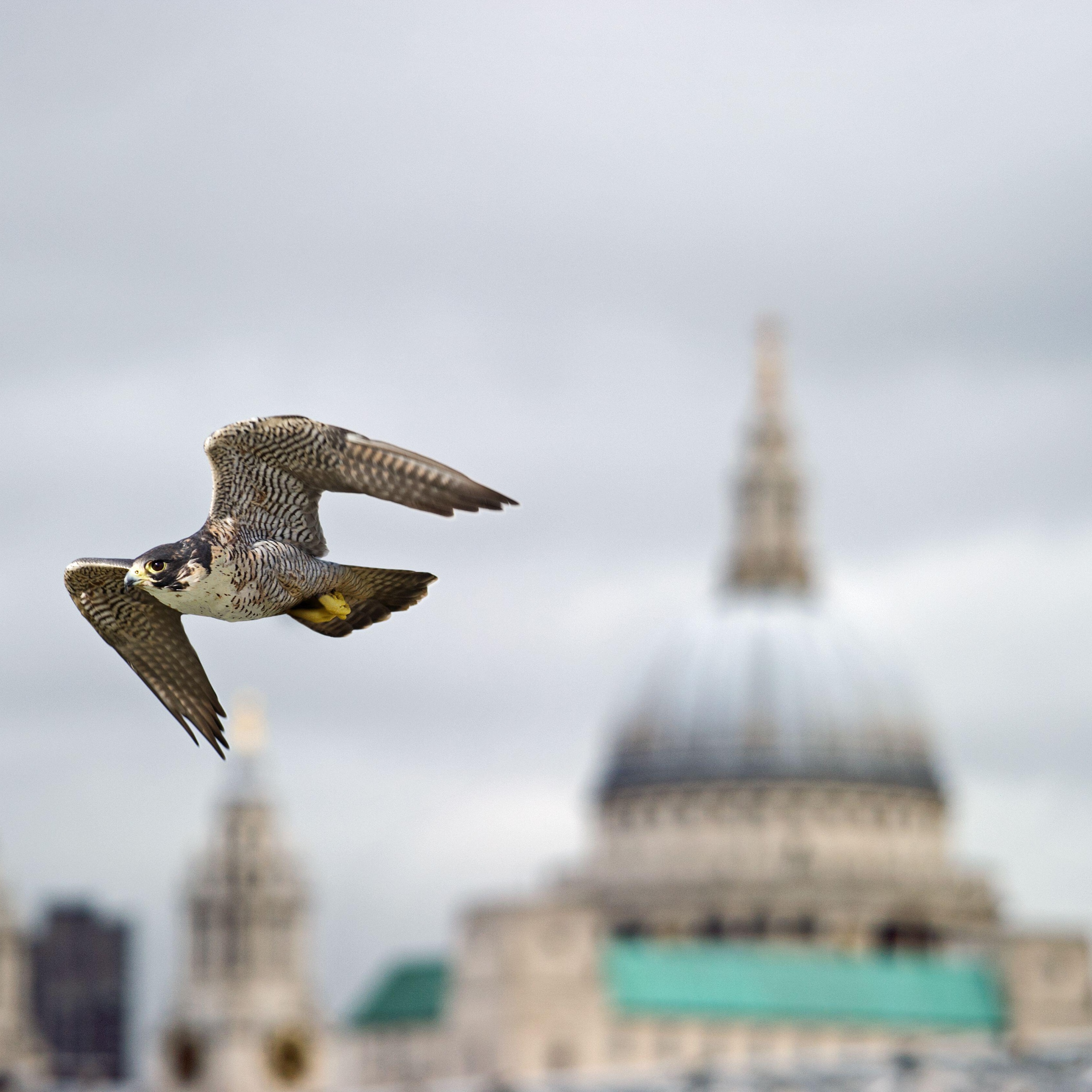
The birds of urban paradise: How to get twitching without leaving the city
You don't need to leave the concrete jungle to spot some rare and interesting birds. Here's a handy guide to birdspotting in Britain's towns and cities.
By Richard Smyth Published
-
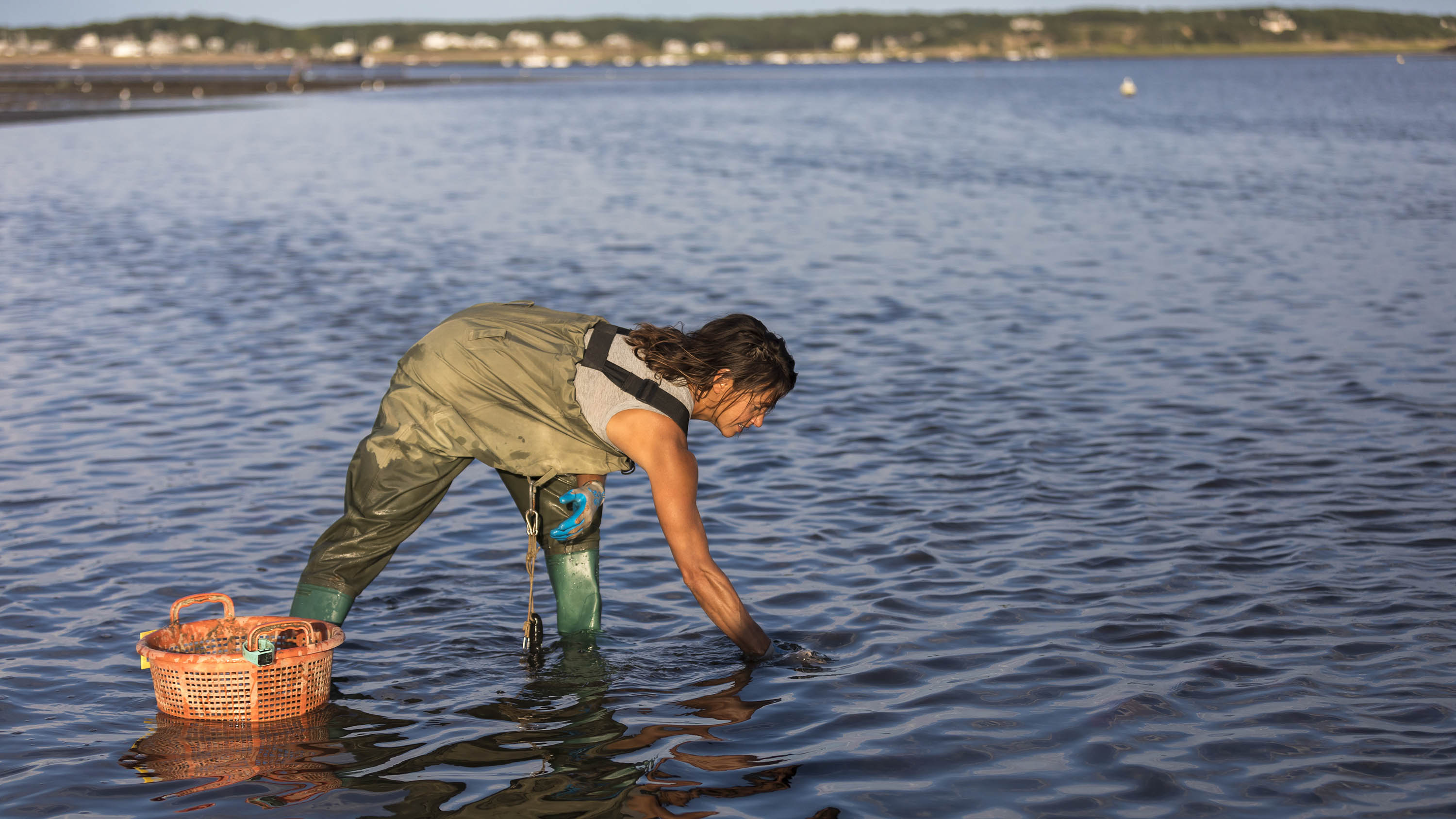
Food with a pinch of salt: The crops we can harvest from the sea
Filling, rewarding and nutritious, vegetables and plants grown in saline environments — whether by accident or design — have plenty of potential. Illustration by Alan Baker.
By Deborah Nicholls-Lee Last updated
-
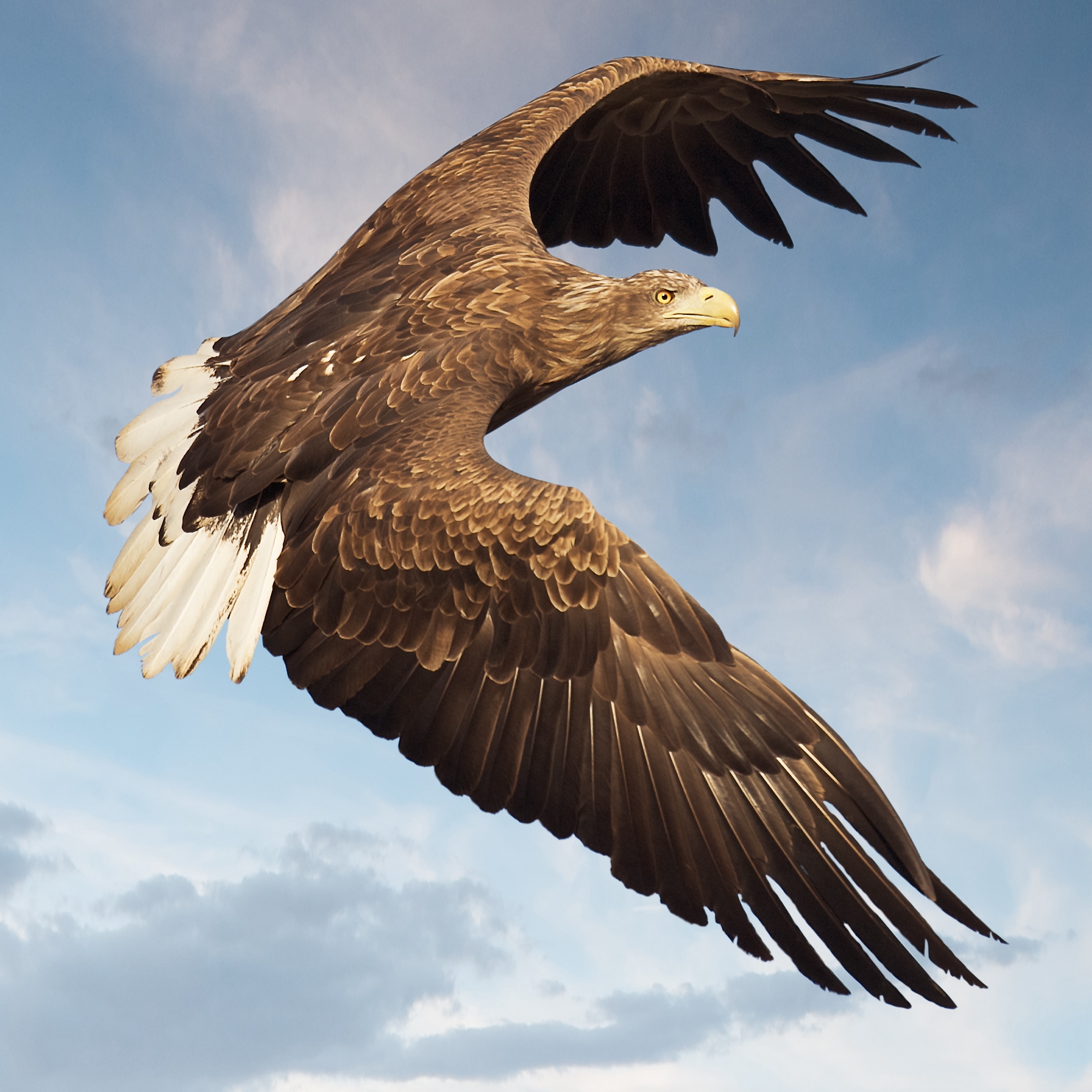
White-tailed eagles could soon soar free in southern England
Natural England is considering licensing the release of the raptors in Exmoor National Park — and the threat to pets and livestock is considered to be low.
By Jack Watkins Published
-
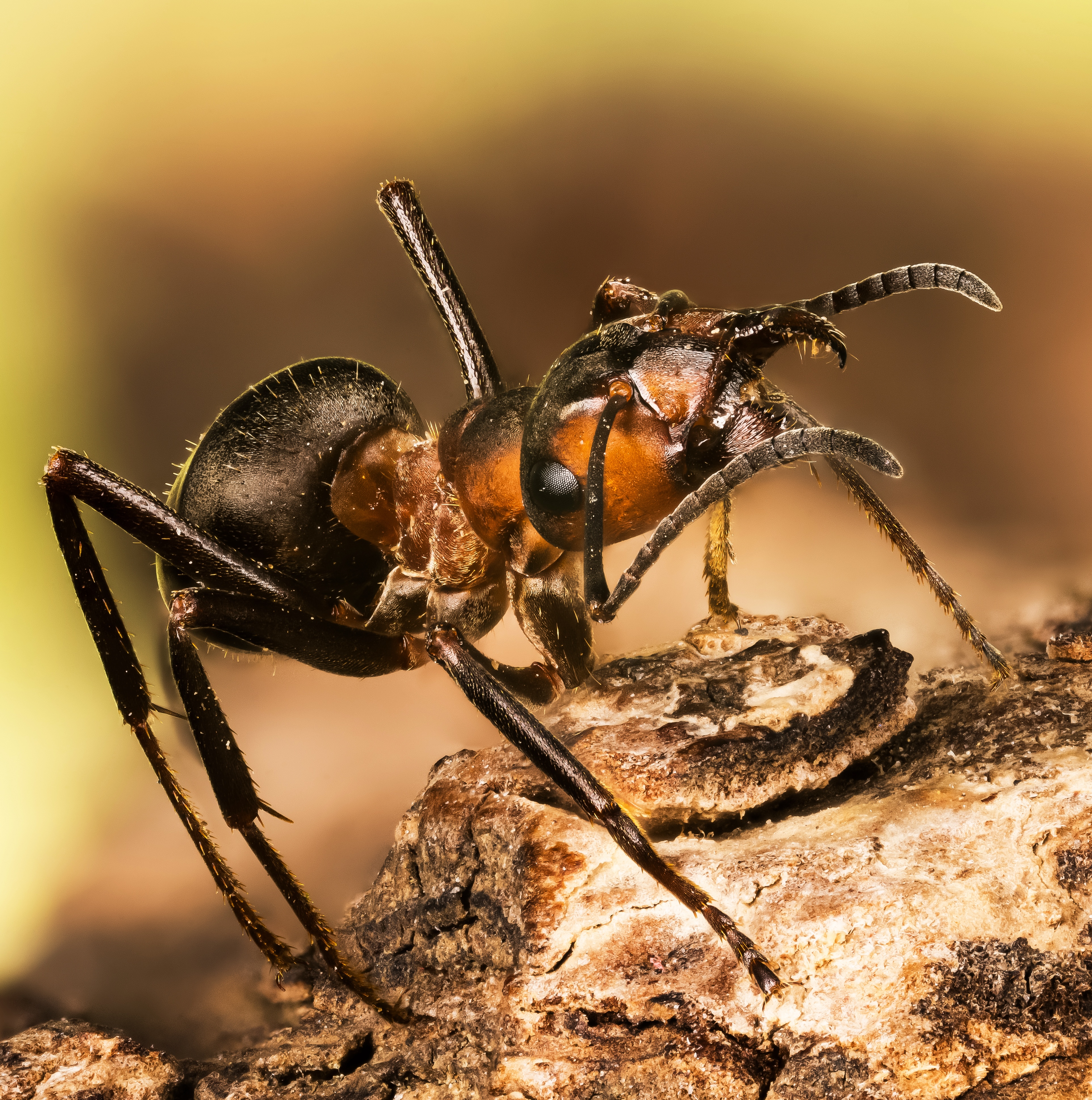
'They are inclined to bite and spray acid to protect territory': Meet the feisty red wood ant
By Ian Morton Published
-

The King wants YOU: His Majesty's call-to-arms for under-35s across Britain
The King’s Foundation has launched its ‘35 under 35’ initiative — a UK-wide search for ‘the next generation of exceptional makers and changemakers’ who want to work holistically with Nature.
By Amie Elizabeth White Published
-
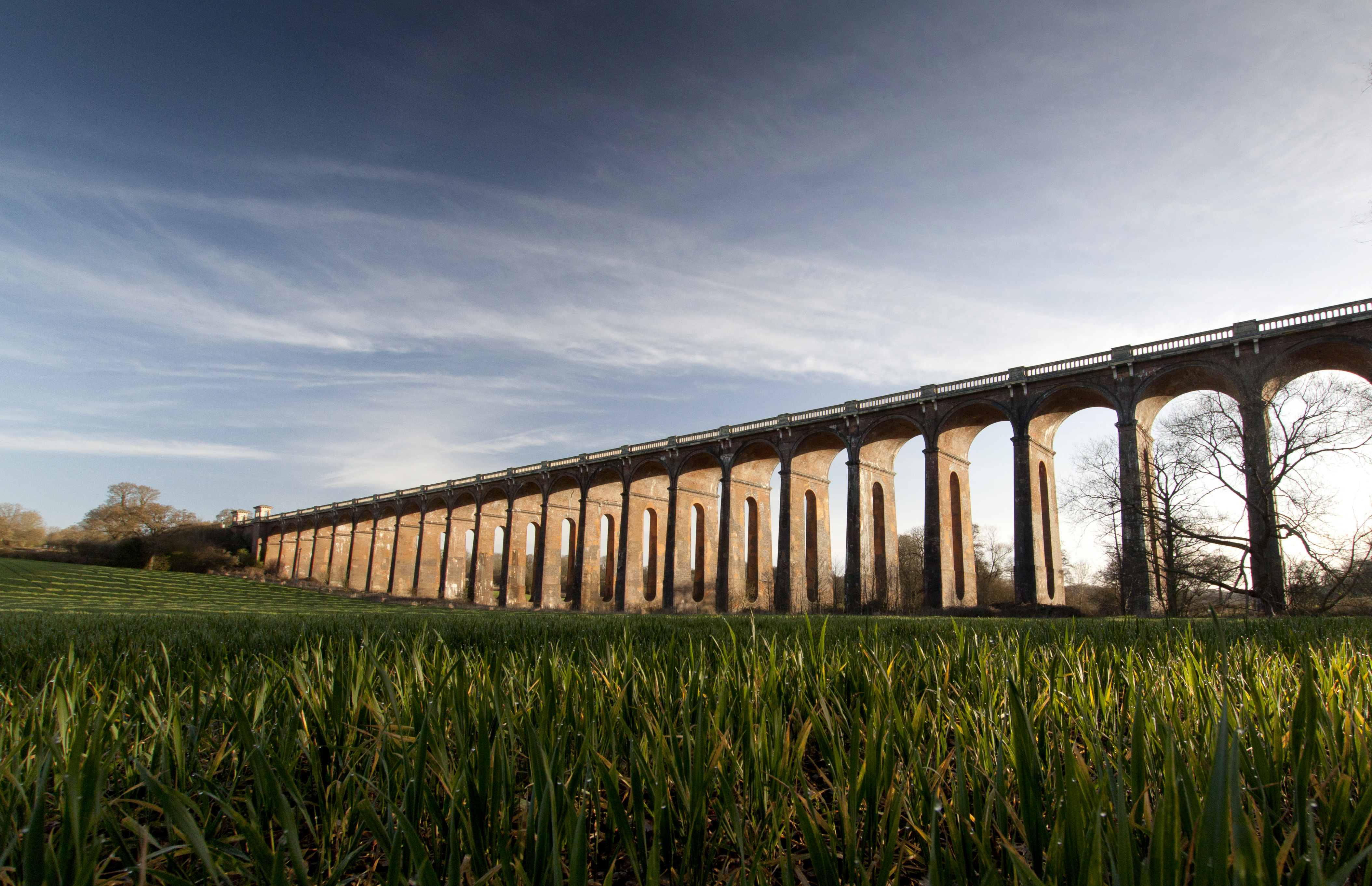
Dawn Chorus: A river comes to life, more mews is good mews, and the new 400-mile electric Volvo
Rivers now have the legal right to flow, and to not be full of pollution. It's about time.
By James Fisher Published
-
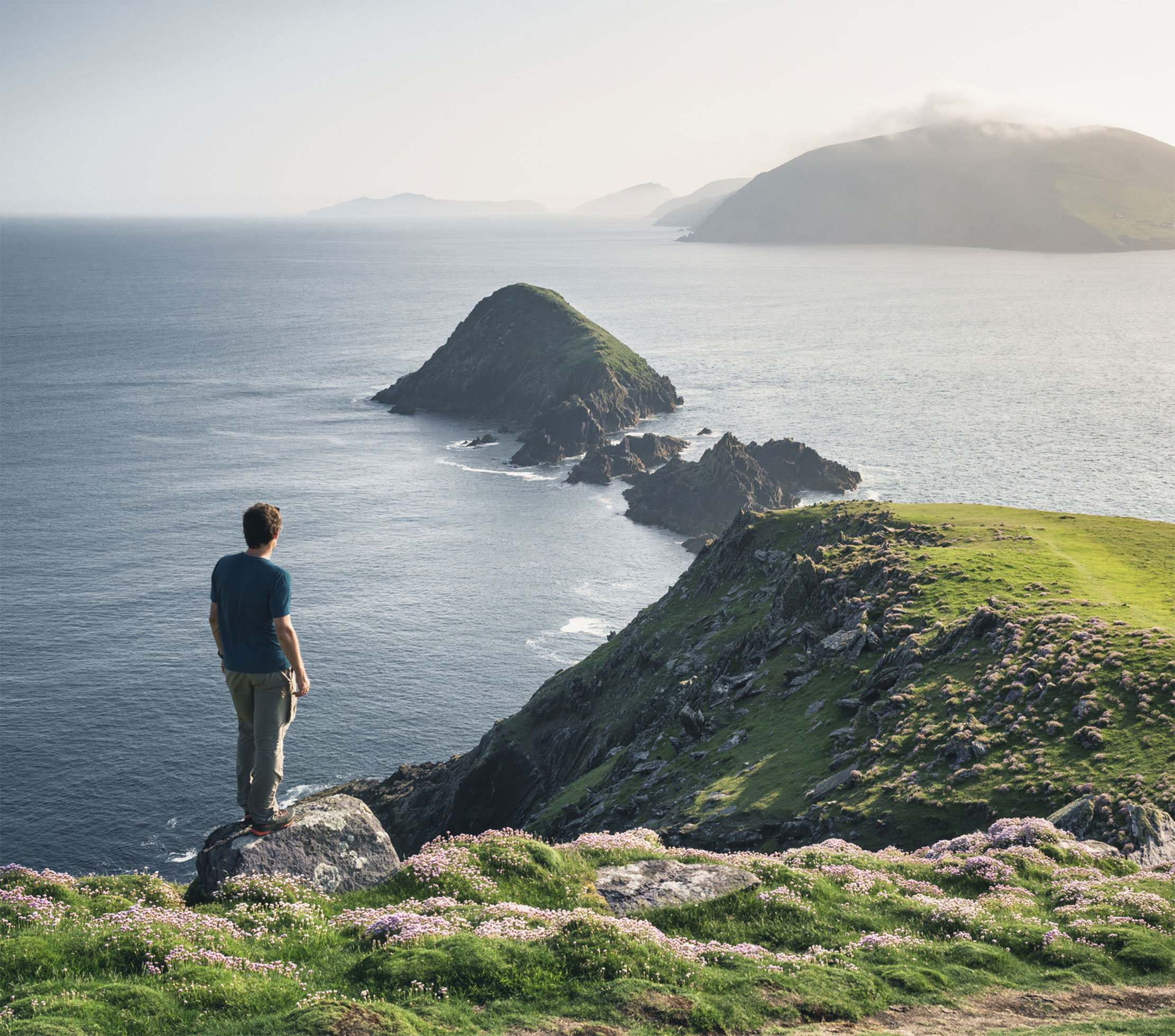
Dawn Chorus: The perfect job for incurable romantics, Britain's rudest roads, woodland workshops and spring in Cornwall
Living on a near-deserted island, and getting paid for the privilege? No wonder tens of thousands of people were keen.
By Toby Keel Published
-
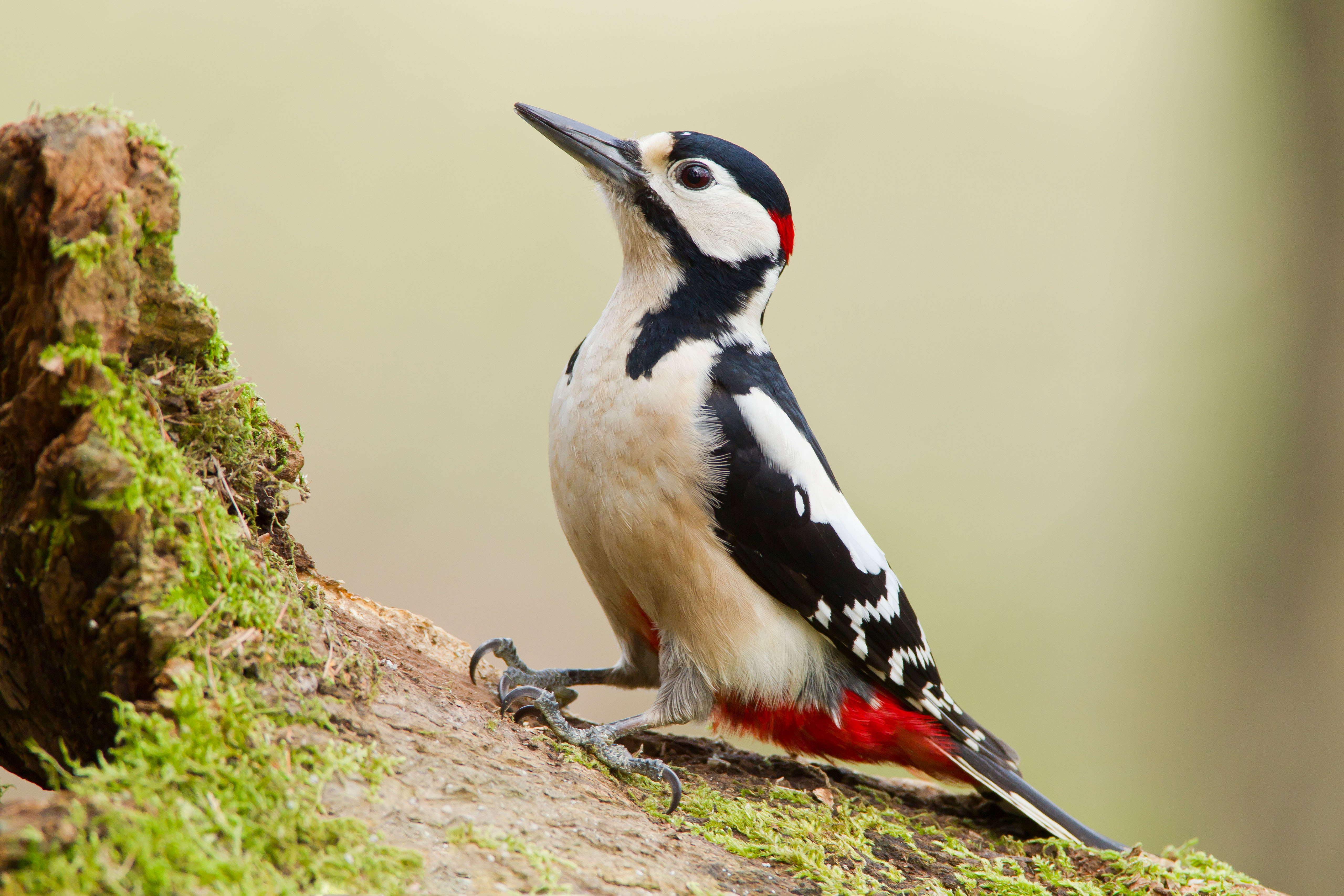
That hammering you hear? It's actually the sound of Spring
Woodpeckers are guardians of ancient broad-leaved woodlands, busy ecosystem engineers and keen consumers of ant porridge.
By Vicky Liddell Published
-

Curious Questions: Will the real Welsh daffodil please stand up
For generations, patriotic Welshmen and women have pinned a daffodil to their lapels to celebrate St David’s Day, says David Jones, but most are unaware that there is a separate species unique to the country.
By Country Life Published
